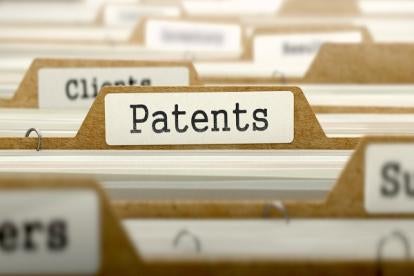Judge Young granted a plaintiff leave to file an amended complaint that satisfactorily pushed its claim from merely possible to plausible, in a recent opinion from the District of Massachusetts. The analysis is instructive to prospective plaintiffs as to the threshold showing of use that must be made to sufficiently support a patent infringement claim.
In the original complaint, the President and Fellows of Harvard College alleged that Micron Technologies, LLC infringed two of Harvard’s patents covering methods and materials for completing atomic layer deposition (“ALD”). ALD is a process used in the fabrication of semiconductor devices by which a substrate is formed using thin film deposition. Harvard alleged that Micron uses certain precursors and processes, as claimed by its two asserted patents, to manufacture its semiconductor chips using ALD.
Harvard relied only on two publications in its original complaint, both suggesting that Harvard’s patented ALD precursors are commonly used to create the type of film found on Micron’s chips. In response, Micron filed a motion to dismiss for failure to state a claim on the basis that Harvard’s reliance on the two publications failed to establish plausibility that Micron did use the patented precursors. The Court granted Micron’s motion, dismissing Harvard’s complaint with leave for Harvard to file for leave to file an amended complaint. Harvard moved for leave, presenting an amended complaint.
Harvard’s amended complaint, while largely identical to its original complaint, also introduced a reference to a Micron patent that explicitly identified the use of an ALD precursor allegedly covered by Harvard’s patents. In evaluating the amended complaint, Judge Young applied the Supreme Court’s Twombly standard, requiring that a complaint plead “enough facts to state a claim to relief that is plausible on its face,” Bell Atl. Corp. v. Twombly, 550 U.S. 544, 570 (2007). In contrast to the original complaint that suggested only that it was possible that Micron used Harvard’s patented precursors (because they were commonly used in semiconductor manufacturing), Judge Young found that Harvard’s amended complaint now made it plausible to believe that Micron infringed upon Harvard’s patented technology by tying the precursors to Micron’s own patent. That plausibility was enough for the amended complaint to survive Micron’s motion to dismiss.
Judge Young’s opinion here serves as a guidepost for prospective plaintiffs in drafting pleadings sufficient to survive a motion to dismiss. It is not enough to suggest the mere possibility of infringement; rather, enough facts must be pled to make a showing that infringement is plausible. A plaintiff that does not appreciate this pleading threshold may be faced with an insurmountable motion to dismiss its claims for relief.
The case is President & Fellows of Harvard Coll. v. Micron Tech., Inc., Civil Action No. 16-11249-WGY (D. Mass.), before Hon. William G. Young.



 i
i

